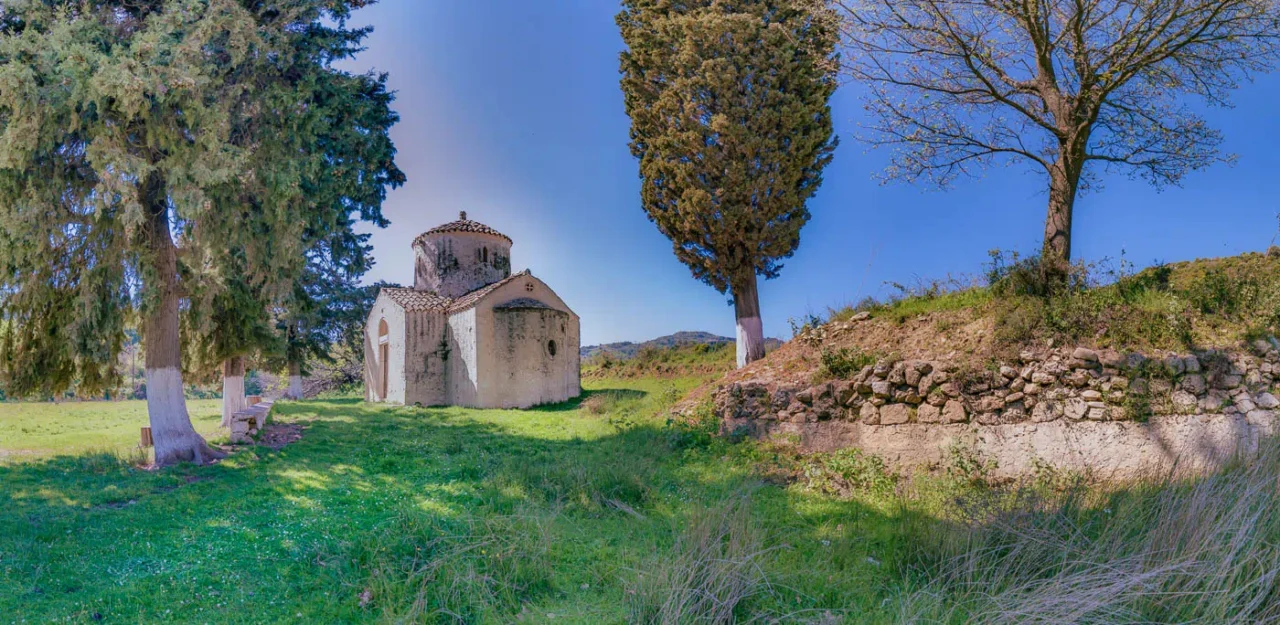
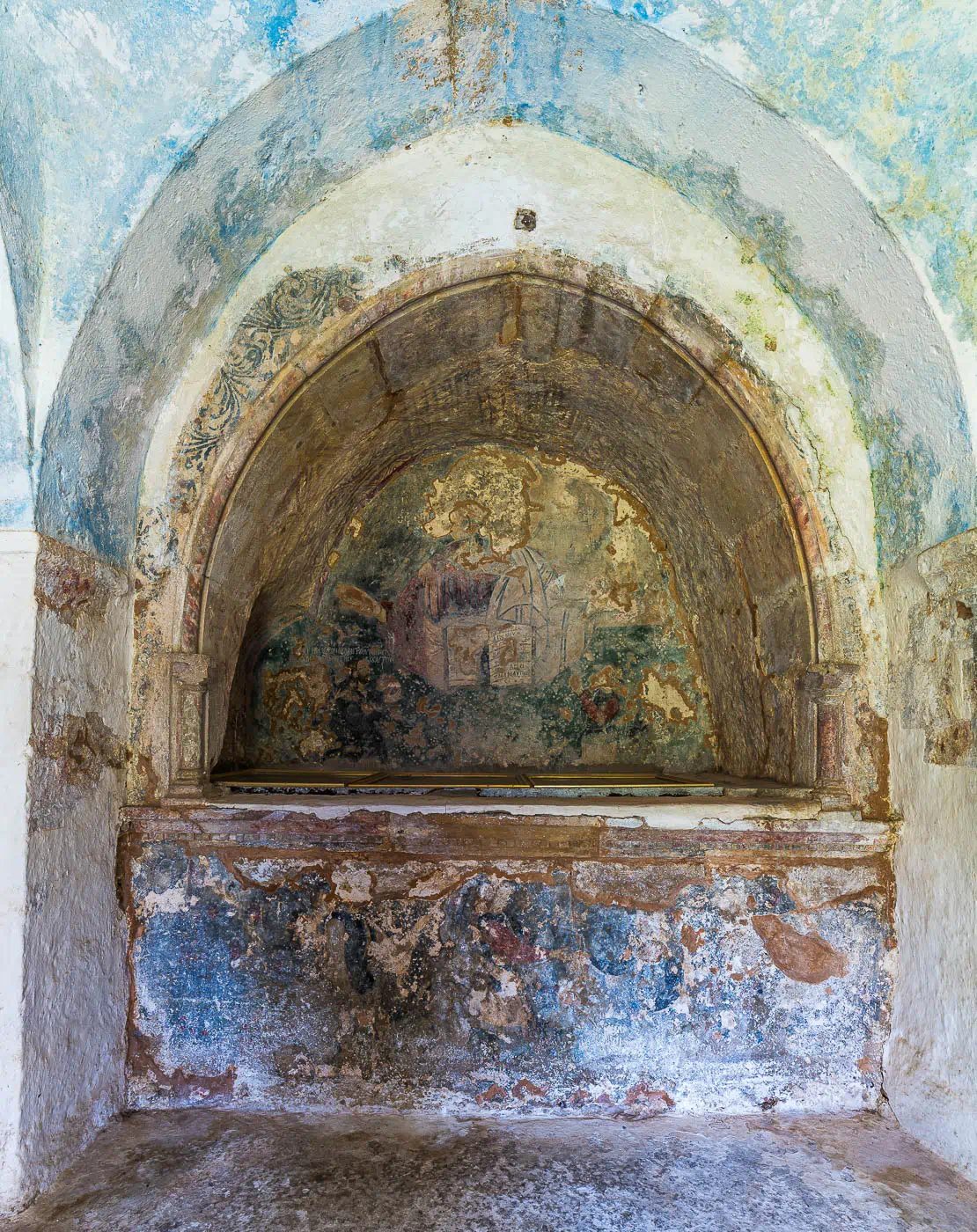
Located outside the village of Kalogerou in the Amari region, the small church of Agia Paraskevi is a unique example of Venetian-era religious architecture in Crete. Its distinctive floor plan, shaped like a free cross, is crowned by a dome supported by a tall cylindrical drum, creating an elegant and harmonious structure. While the church underwent reconstruction in 1888, as indicated by an engraved plaque near the central entrance, the original construction likely dates back to the Venetian period, possibly the 16th century. This is supported by the presence of an arcosolium, a type of tomb niche, in the northern arm of the church, which features frescoes dating to the Venetian era.
Upon entering the church through the south entrance, visitors are immediately greeted by the frescoes adorning the arcosolium. The tympanum above the niche depicts Christ in a frontal pose, bestowing blessings with both hands. He is dressed in a red tunic and white mantle, holding an open codex with a passage from the Gospel of Matthew referencing the repose of souls. Four figures, depicted on a smaller scale to signify humility, kneel on either side of Christ with their hands raised in supplication. An inscription above the first pair of figures on Christ’s right identifies one as Georgios Chortatzis. The identity of the other figures remains unclear, though the presence of a knife on the belt of one suggests a connection to daily life or a specific profession.
The identity of Georgios Chortatzis, who was granted the privilege of burial within the church, is a subject of ongoing research. Several hypotheses have been put forward, including a potential link to the Chortatzis family of archons, known for their involvement in Cretan uprisings against the Venetians in the 13th century. However, the monument’s later dating suggests it may belong to a different Georgios Chortatzis, possibly the renowned playwright from Rethymno who reached the peak of his career in the late 16th century. Another possibility is that he was a scribe for Matthaios Kallergis, a prominent figure in Venetian Crete. Given the prevalence of the name Georgios Chortatzis, the identity of the person buried in Agia Paraskevi remains uncertain.
Construction Period: Likely 16th century (Venetian period)
Location: Outside Kalogerou village, Amari region, Crete
Historical Significance: Venetian-era church with unique architecture and frescoes, potentially linked to the Chortatzis family.
Current Status: Active church, open to visitors.
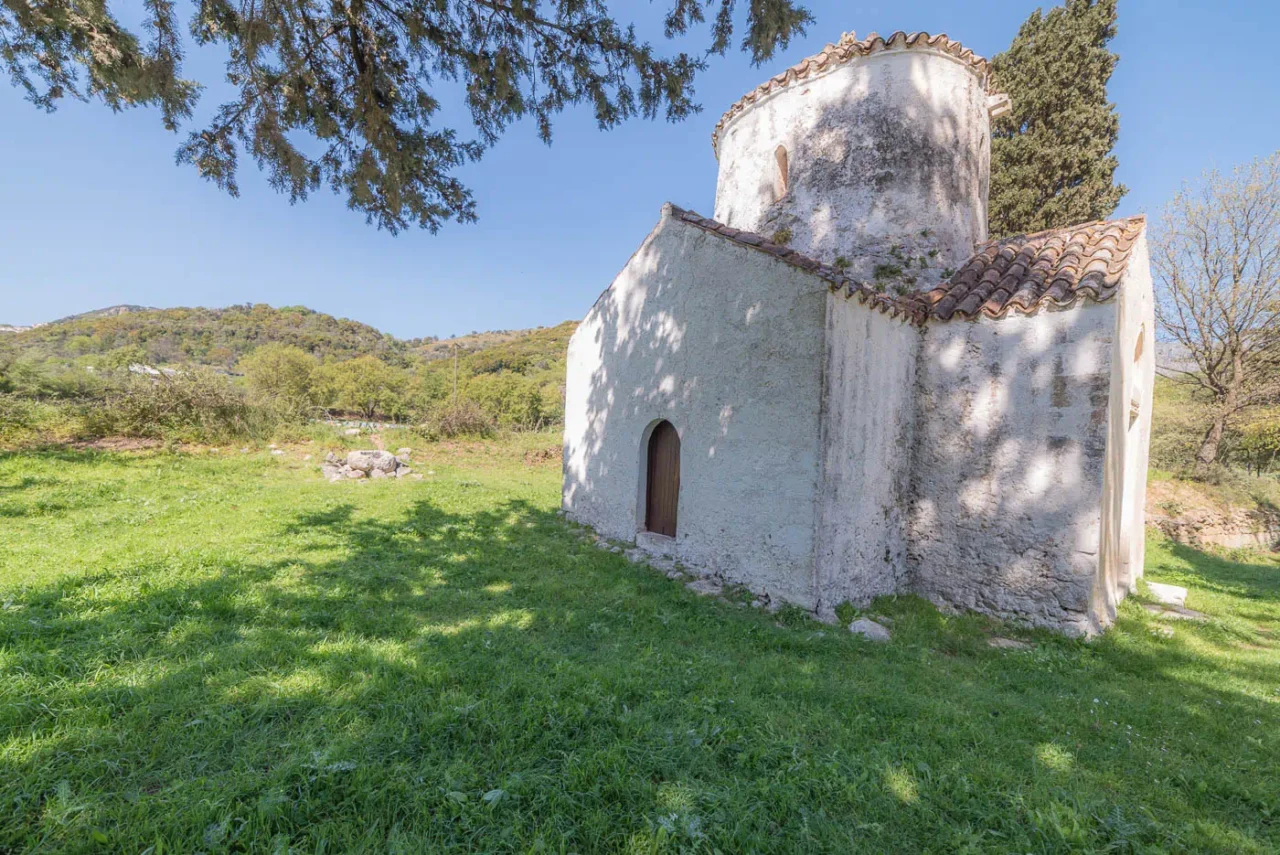
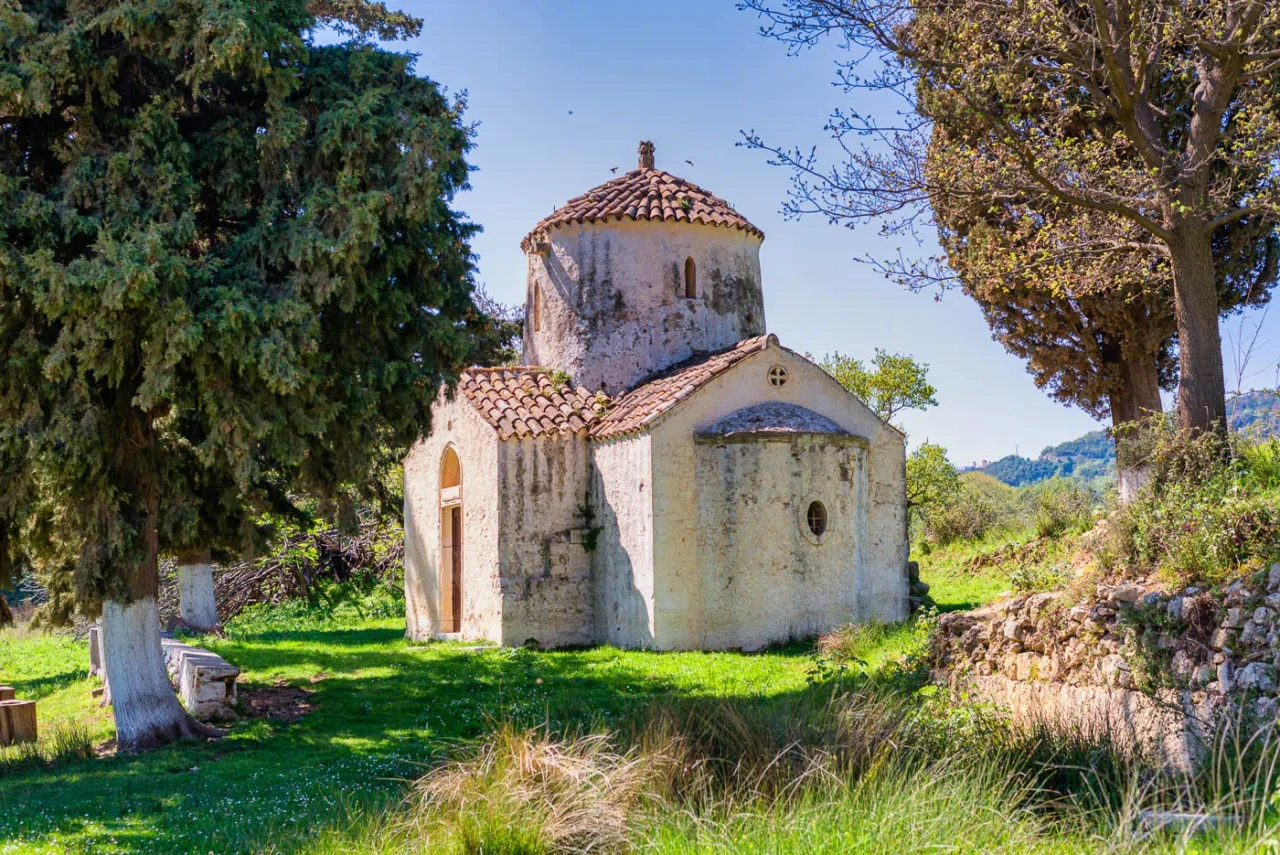
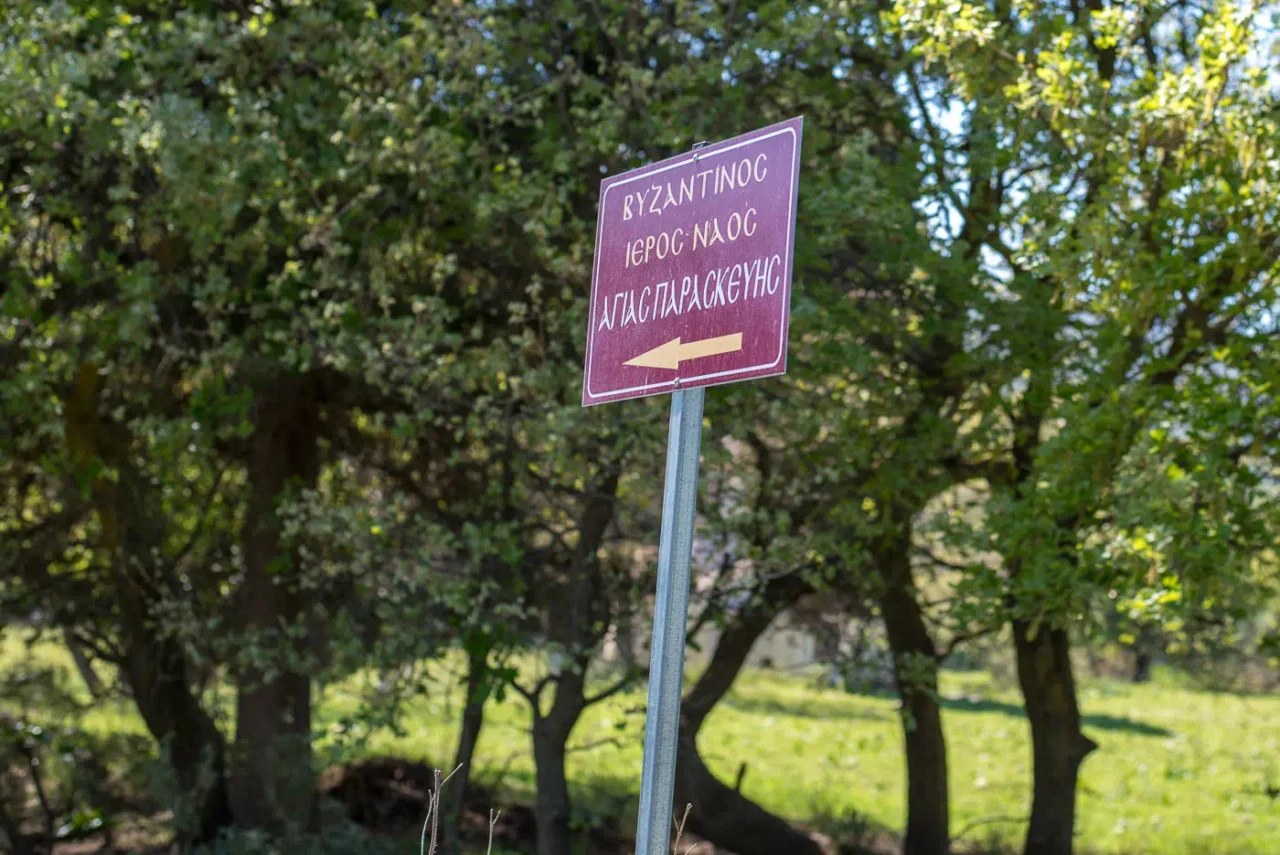
Access
A short distance from the paved road in Asomaton monastery













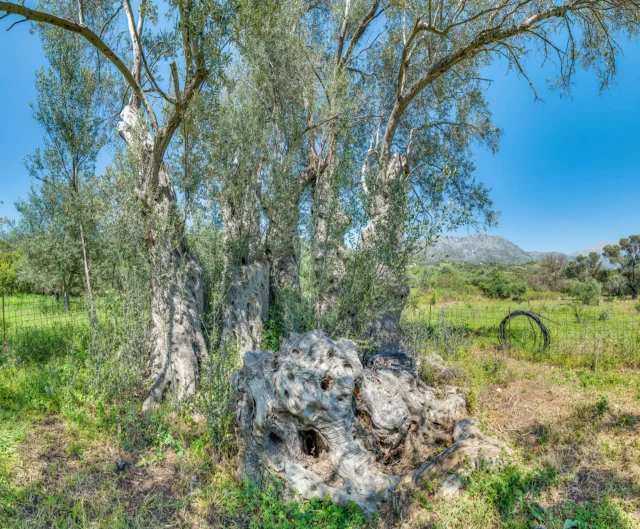
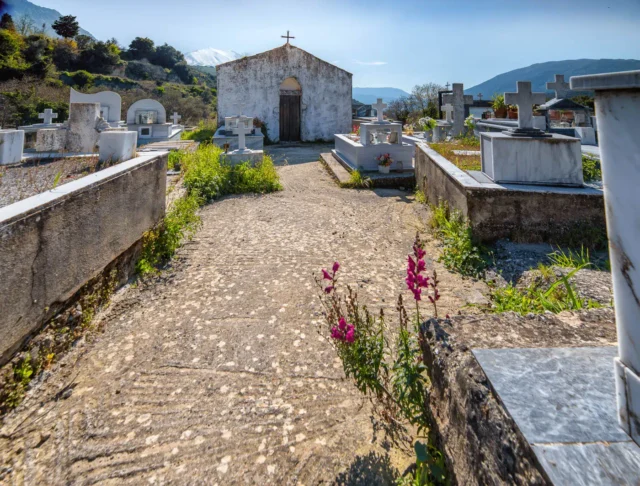

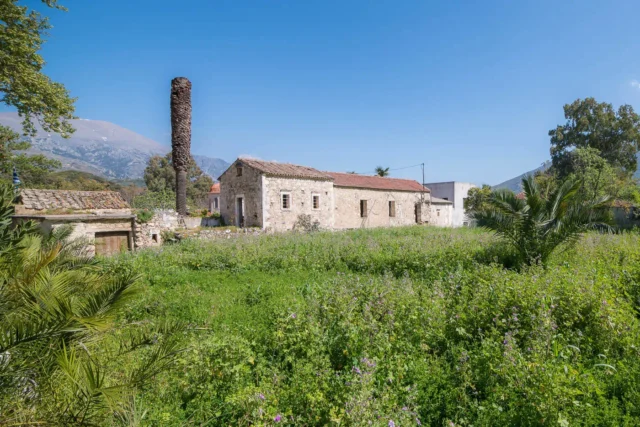

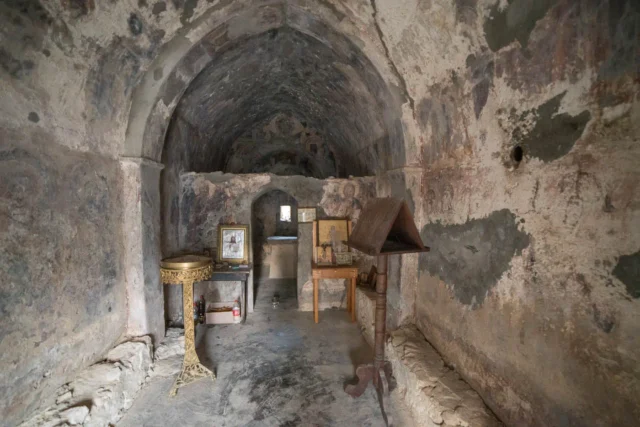

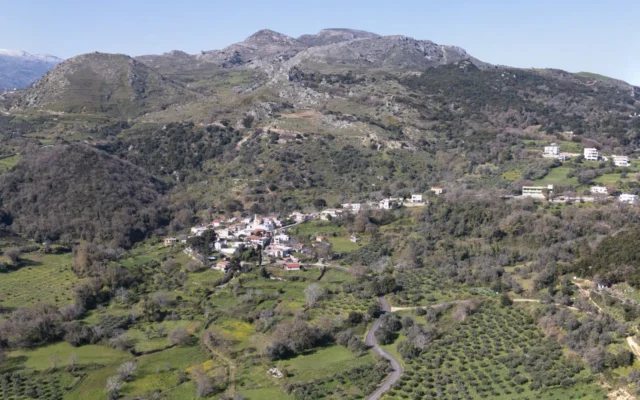

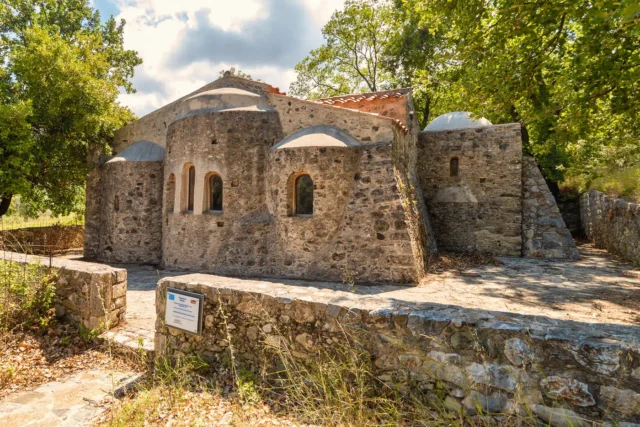
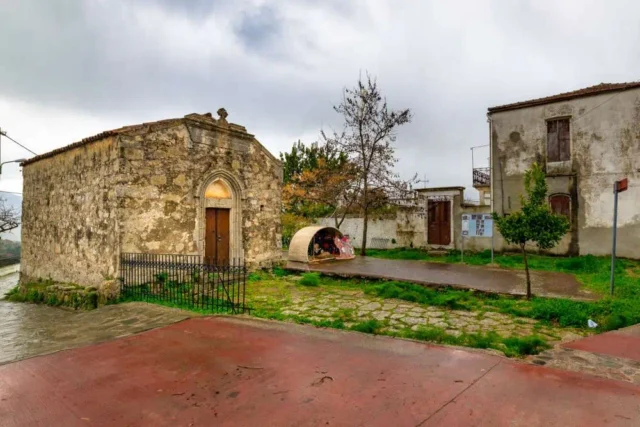
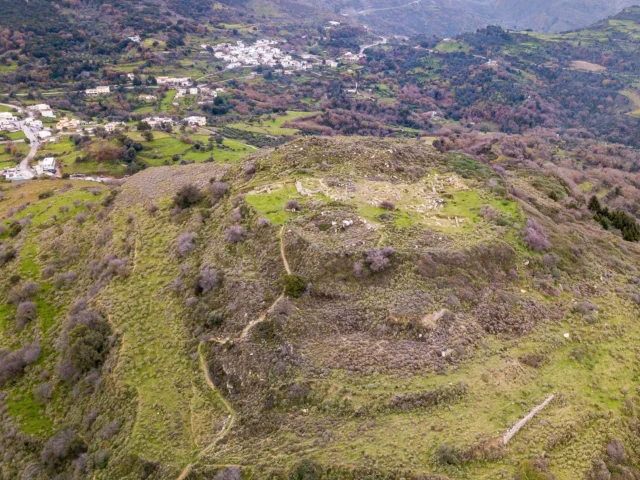
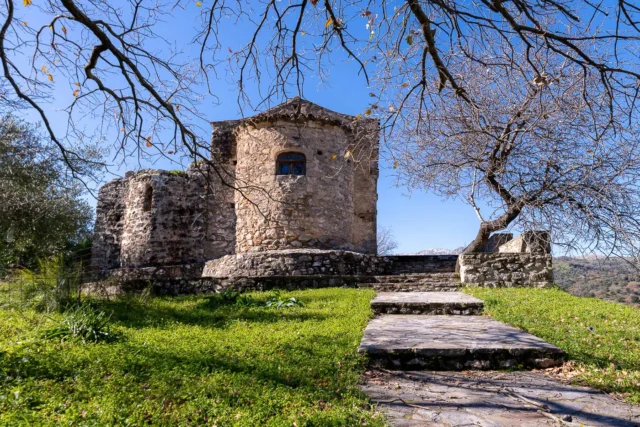

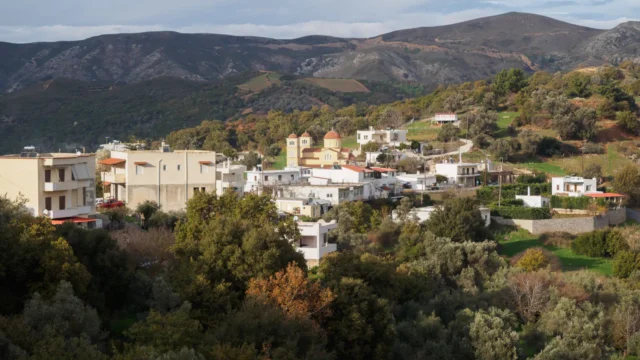

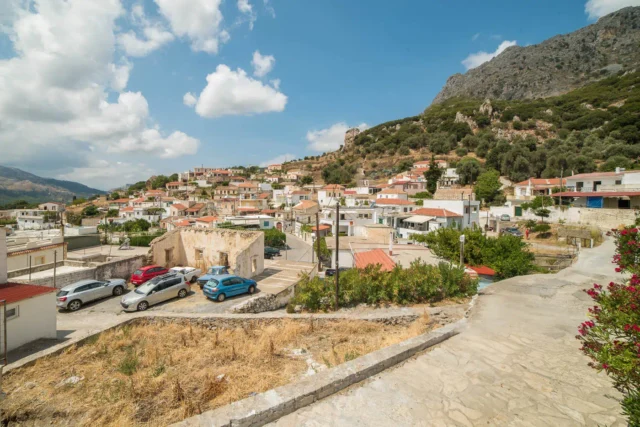
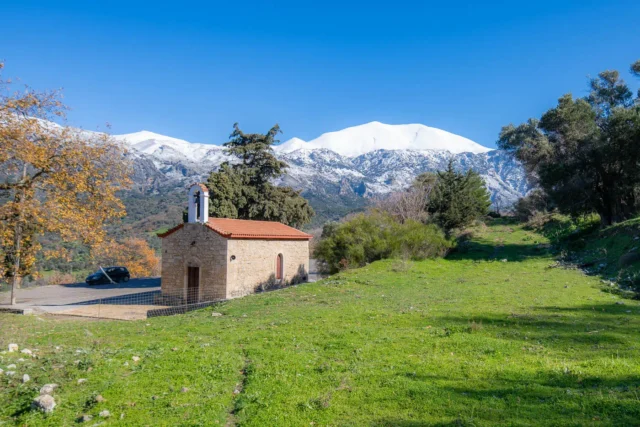

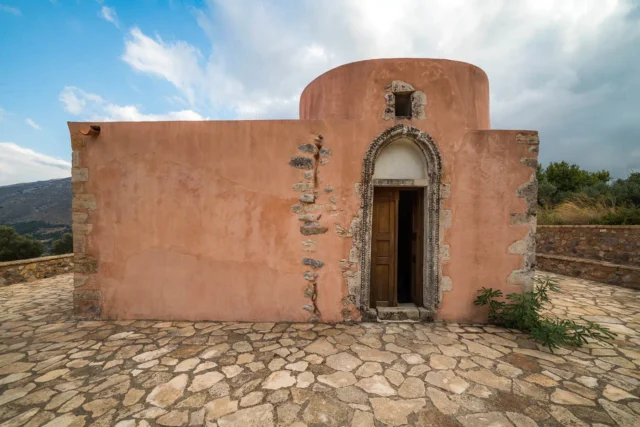
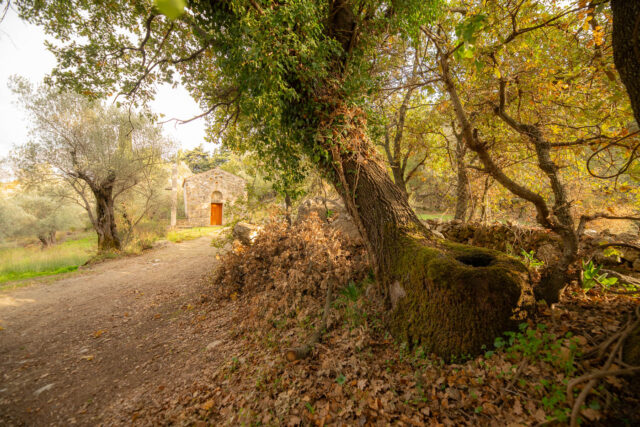
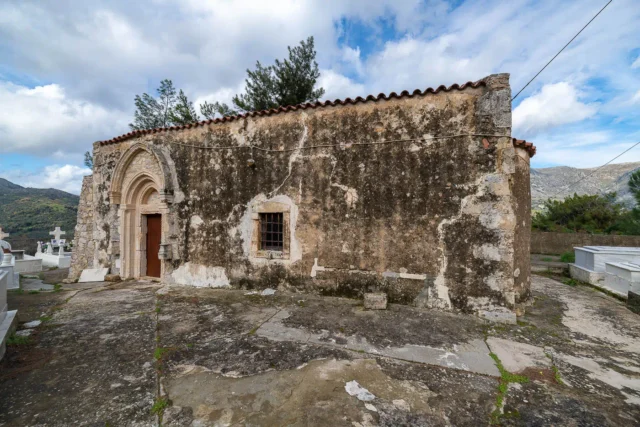

There are no comments yet.